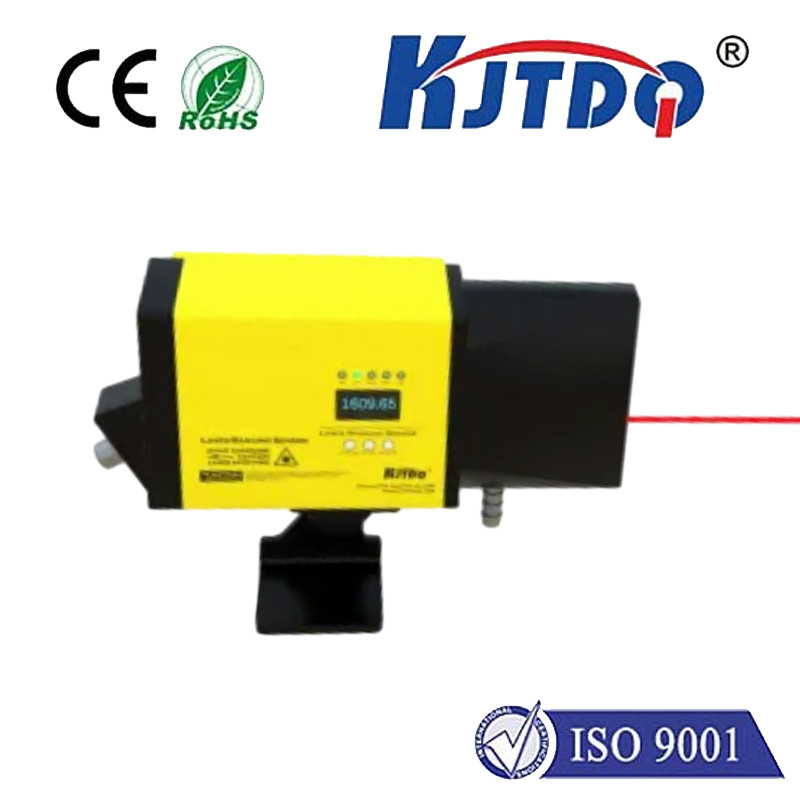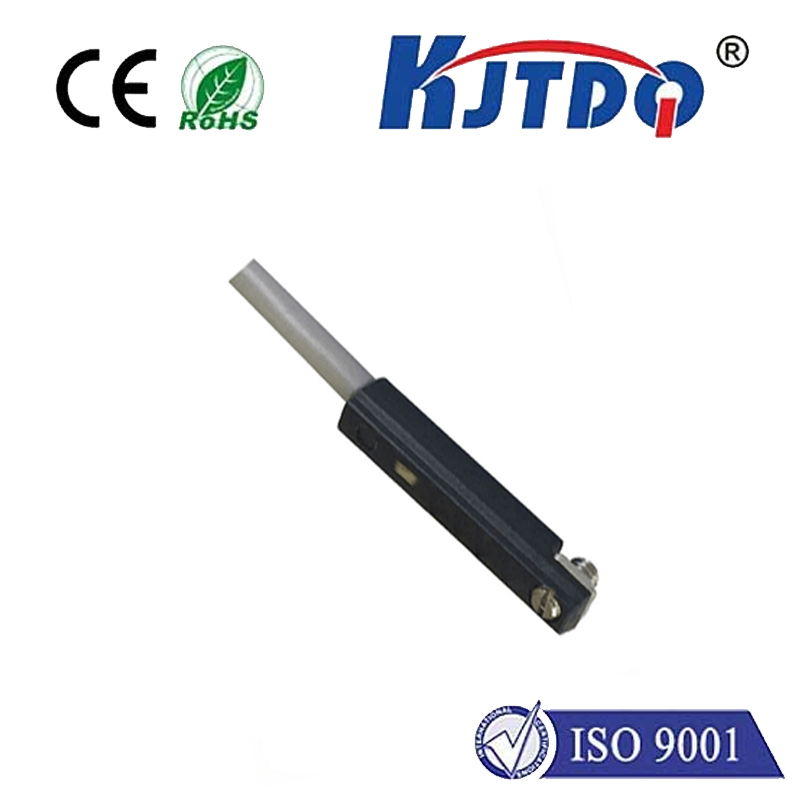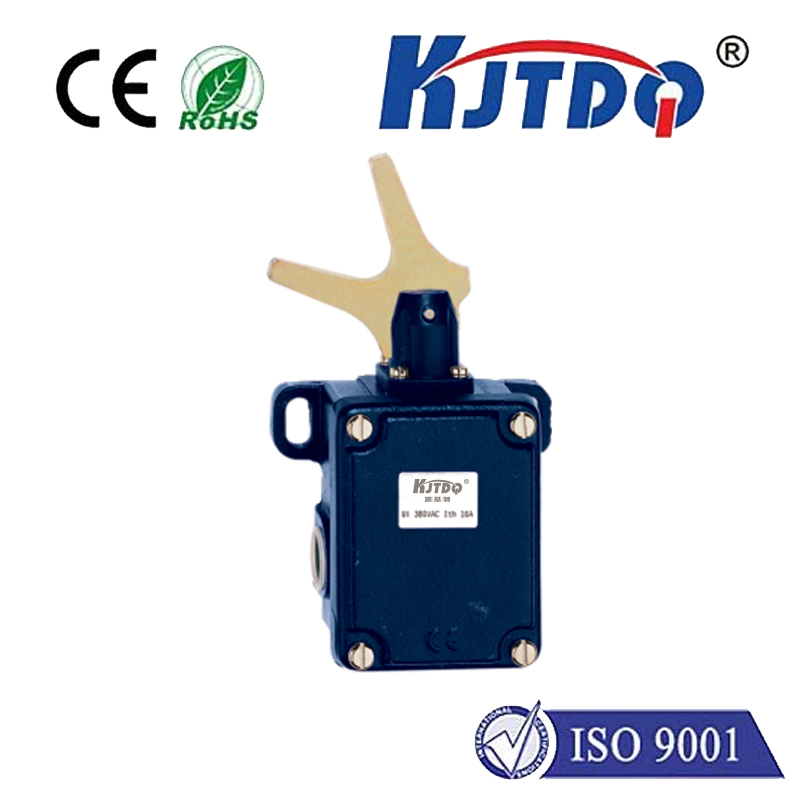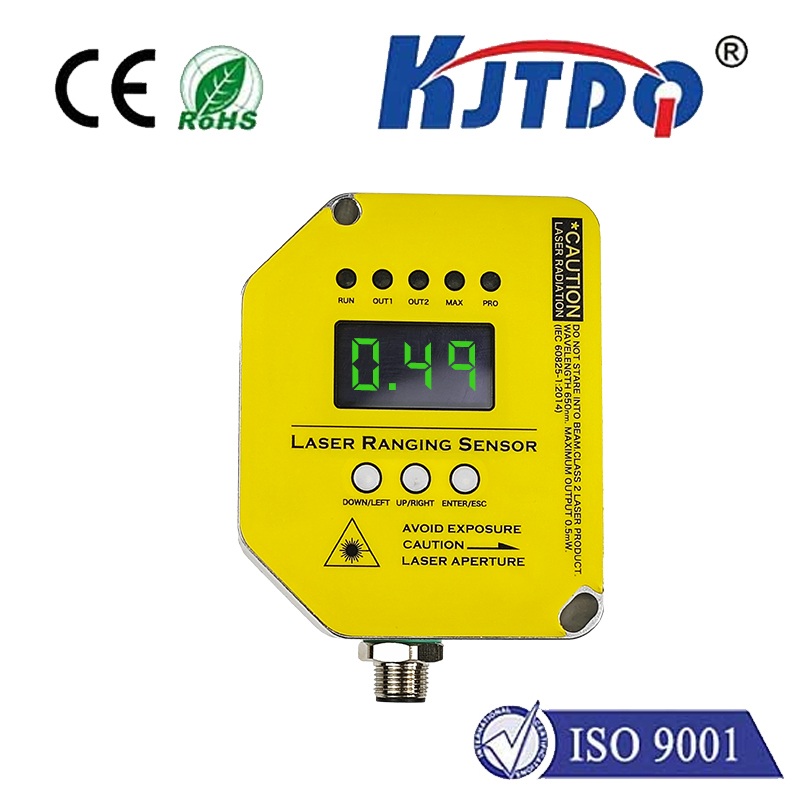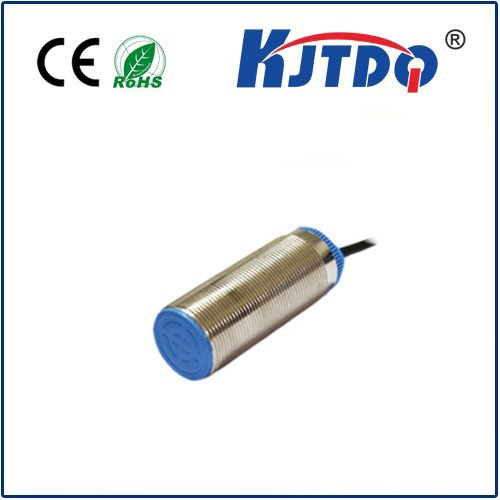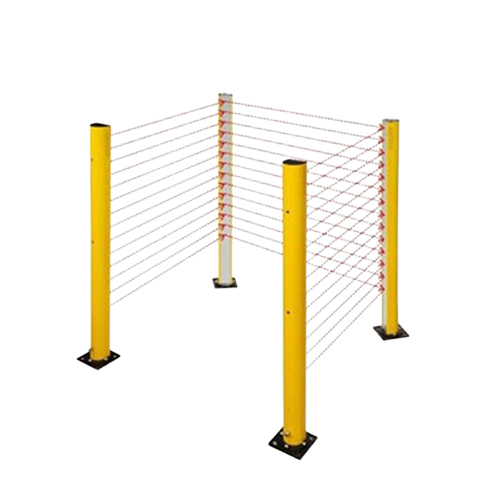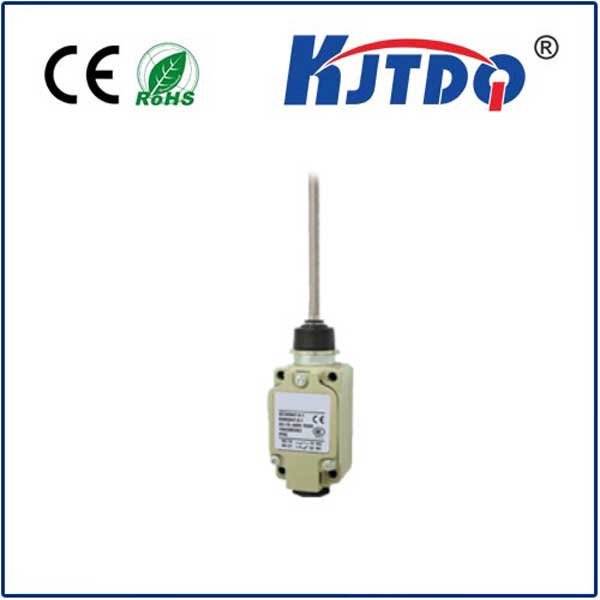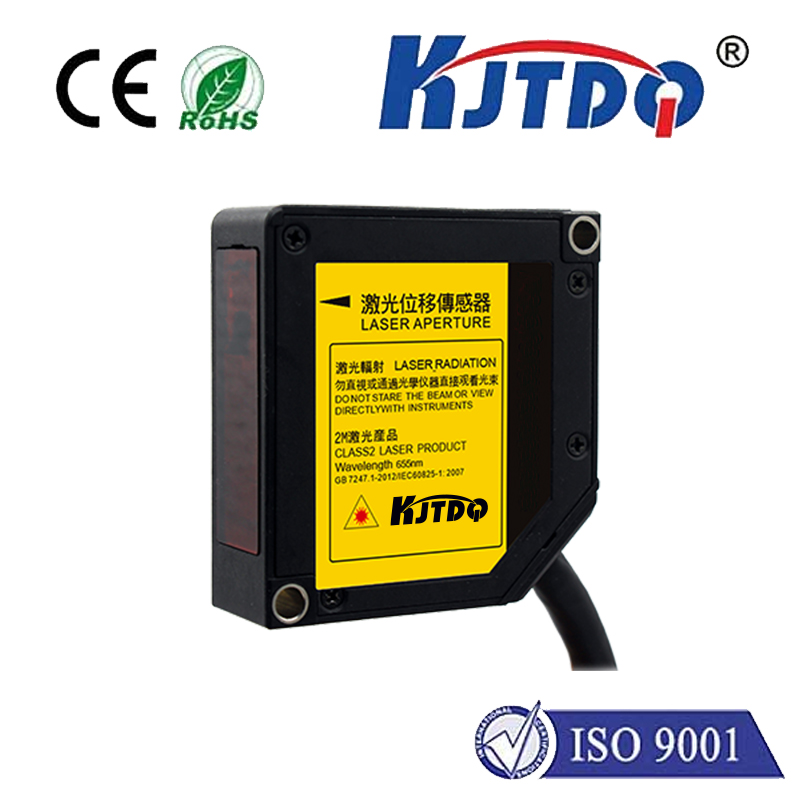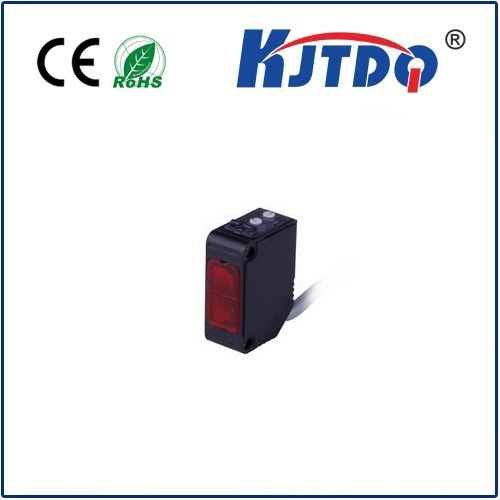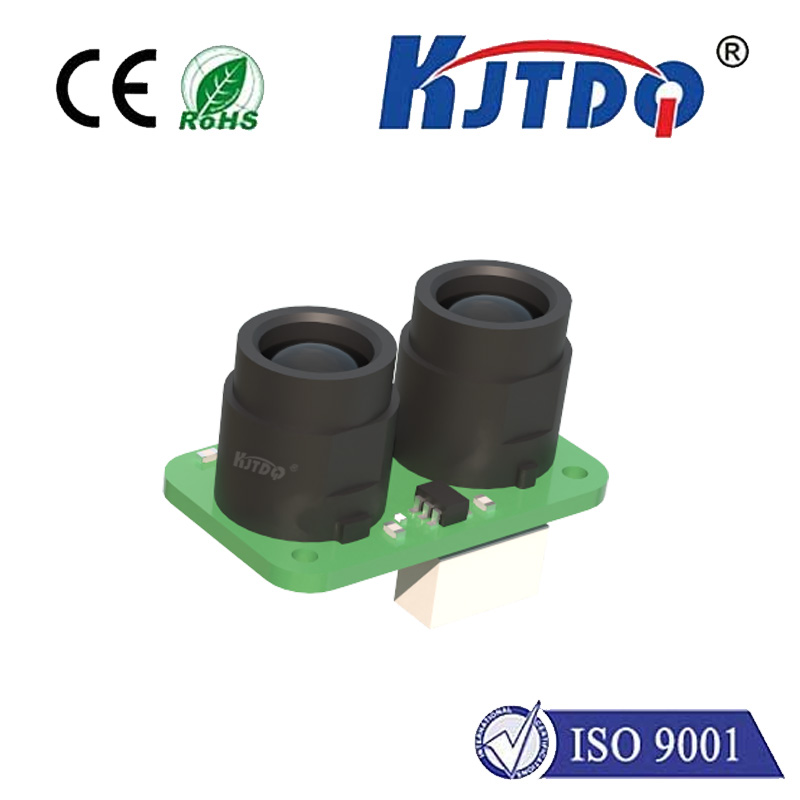BES02N3 proximity sensor
- time:2025-10-02 01:11:44
- Click:0
Unlocking Precision Detection: The Ultimate Guide to Balluff BES02N3 Proximity Sensors
In the intricate dance of modern manufacturing and automation, where milliseconds matter and unplanned downtime costs thousands, the unassuming proximity sensor plays a starring role. Among these critical components, the Balluff BES02N3 stands out as a stalwart performer, delivering reliable, non-contact detection essential for countless industrial applications. But what makes this particular sensor tick, and why is it such a trusted name on factory floors worldwide? Let’s delve into the world of the BES02N3.
Understanding the Proximity Sensor: The Foundation
Before zeroing in on the BES02N3, it’s crucial to grasp the fundamental role of a proximity sensor. These devices detect the presence or absence of a target object without any physical contact. Using principles like electromagnetic fields (inductive sensors), sound waves (ultrasonic), or light (photoelectric), they provide a clean, fast, and reliable switching signal. Inductive proximity sensors, like the BES02N3, are specifically designed to detect metallic objects – ferrous metals like iron and steel at longer ranges, and non-ferrous metals like aluminum and brass at shorter distances. Their non-contact nature makes them exceptionally durable, resistant to wear and tear, and ideal for harsh industrial environments.

Why the Balluff BES02N3 Commands Attention
The BES02N3 inductive proximity sensor represents a specific model within Balluff’s extensive sensor portfolio, renowned for its ruggedness and performance consistency. Typically featuring an M12 cylindrical threaded housing, this sensor is engineered for demanding industrial settings. Here’s a breakdown of its defining characteristics:
- Robust Construction: Built to Balluff’s high standards, the BES02N3 boasts an impressive IP67 protection rating. This means it’s effectively sealed against dust ingress and can withstand temporary immersion in water up to 1 meter deep – critical resilience against coolant splashes, high-pressure washdowns, and dusty workshops.
- NPN Normally Open Configuration (Often): Many variants of the BES02N3 operate as NPN (sourcing) transistors with a normally open (NO) switching function. In simple terms:
- NPN: The sensor acts like a switch connecting the load to ground. When activated (target present), it allows current to flow from the load to ground, completing the circuit.
- Normally Open (NO): The “switch” is open when no target is detected (no output signal); it closes when the target is within range (output signal active).
- Always verify the specific part number suffix (e.g., BES02N3-S8) for the exact switching type (NO/NC) and output configuration (NPN/PNP).
- Precise Inductive Detection: Leveraging electromagnetic induction, the BES02N3 reliably detects metallic targets within its specified switching distance (typically 2mm or 4mm for standard models, depending on the exact variant). This non-contact detection ensures long operational life and avoids damaging targets.
- Compact M12 Design: The M12 threaded barrel housing (8mm diameter sensing face) offers a popular, standardized form factor. This compact size allows for easy installation in tight spaces common on machinery and automated systems.
- Reliable Operation: Engineered for stability, the BES02N3 features short-circuit and reverse polarity protection, safeguarding both the sensor and connected control systems against common wiring errors or faults.
- High Switching Frequency: Capable of handling rapid detection cycles, the high switching frequencies make the BES02N3 ideal for applications involving fast-moving parts or high-speed production lines.
- LED Status Indicator: An integrated LED provides visual feedback on the sensor’s operational state (power on, target detection), simplifying setup, troubleshooting, and diagnostics.
Where Precision Meets Practice: BES02N3 Applications
The blend of durability, reliability, and precise inductive detection makes the Balluff BES02N3 proximity sensor indispensable across diverse sectors:
- Factory Automation: Counting products on conveyors, detecting positions of robotic arms, verifying part presence in fixtures, monitoring spindle or chuck positions on CNC machines. The sensor’s high switching frequency and robustness are key assets here.
- Material Handling: Verifying pallet presence, detecting carton flaps for sealing, monitoring roller positions, confirming the passage of metal carriers or totes.
- Packaging Machinery: Controlling filling levels (via metallic triggers), detecting lids or caps on containers, verifying closure positions, and monitoring robotic pick-and-place operations. The IP67 rating protects against spills and washdowns.
- Automotive Manufacturing: Ensuring components are correctly positioned before welding or assembly, detecting pistons or metal parts moving on lines, monitoring robotic welding gun positions. Its rugged construction withstands the demanding automotive environment.
- General Machinery: End-of-stroke detection on cylinders, verifying door closures, detecting tool presence in holders, monitoring safety guards, and providing position feedback for actuators. Its non-contact sensing prevents wear.
Implementing the BES02N3 Effectively
Integrating the BES02N3 successfully requires attention to detail:
- Identify the Correct Variant: Specify the exact switching distance (e.g., 2mm or 4mm), output type (NPN NO is common, but others exist), connector/cable style (e.g., integrated PVC cable, M12 plug), and voltage range (typically 10-30V DC). The suffix in the part number (like
-S8 or -SC30B-PU) holds these details.
- Mounting: Securely mount the sensor using its M12 threads. Ensure the sensing face is positioned parallel to the target surface at a distance within the specified sensing range. Account for any mounting nut thickness.
- Wiring: Connect according to the sensor’s specifications (NPN/PNP, NO/NC) to your PLC or control system input module. Always observe correct polarity – reverse polarity protection prevents damage but stops the sensor from working.
- Target Considerations: Remember inductive sensors detect metals. The effective sensing distance decreases for non-ferrous targets (brass, aluminum) compared to ferrous steel. Factor in target size, shape, and material during selection and positioning.
- Adjustment & Monitoring: Use the integrated LED for initial setup and ongoing diagnostics. If equipped with a potentiometer (common on some Balluff variants like the ‘analog’ BES), fine-tune sensitivity if necessary.
The significance of reliable proximity sensing cannot be overstated in the pursuit of efficient, uninterrupted production. The Balluff BES02N3 proximity sensor embodies the robustness and precision demanded by modern industry. Its IP67-rated build, dependable inductive detection for metals, versatile M12 form factor, and protective features like short-circuit protection make it a cornerstone component for engineers and maintenance professionals seeking performance they can trust. Whether optimizing throughput on a high-speed packaging line or ensuring safety interlocks on machinery, the BES02N3 consistently delivers the critical feedback needed to keep operations running smoothly.






